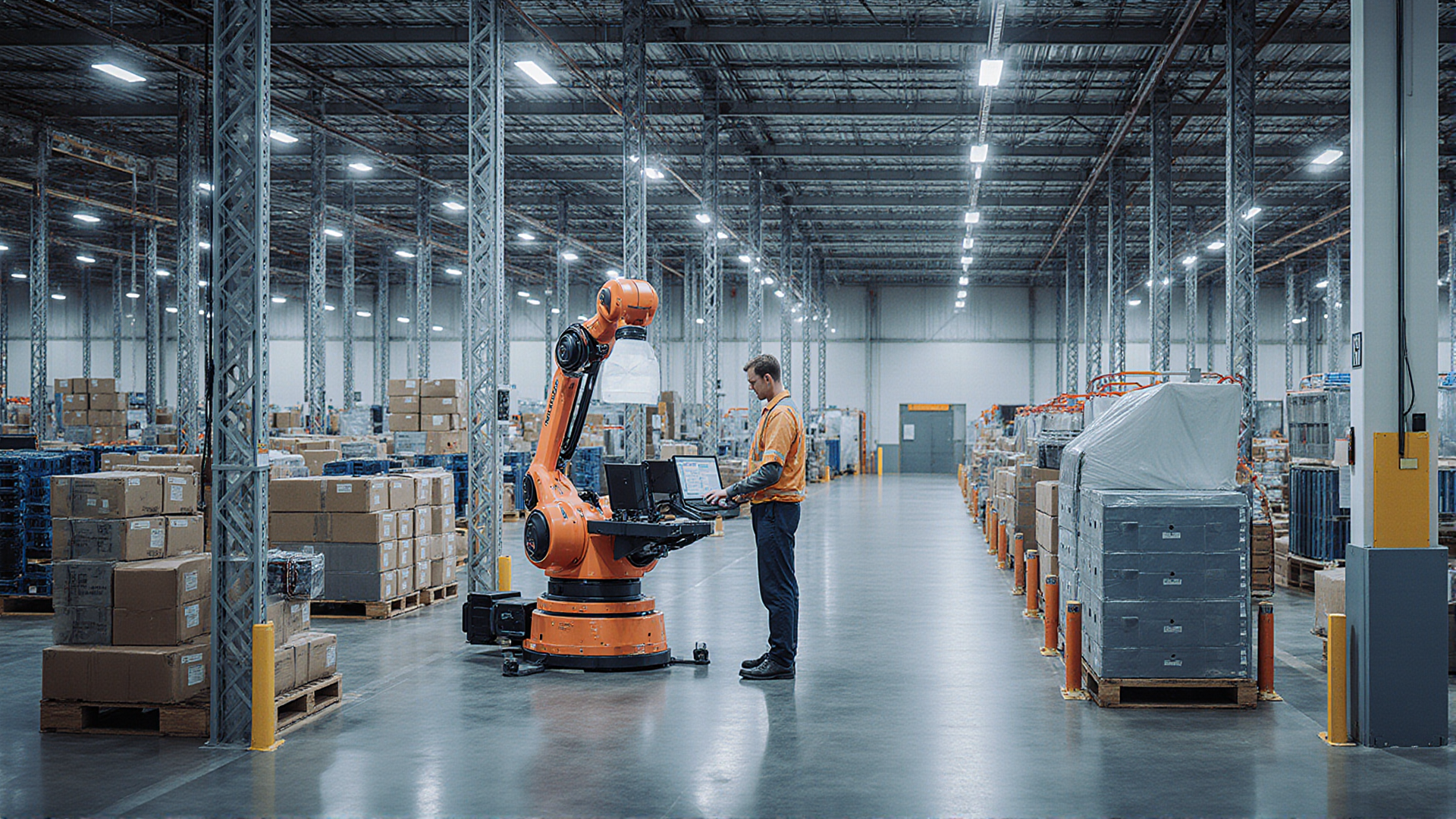
In a landscape where supply chains are increasingly exposed to geopolitical tensions, extreme weather events, and rapid technological breakthroughs, leaders must anticipate and adapt to a shifting set of forces. The 2025 trend monitor distills this complexity into a clear framework of 17 essential drivers that are reshaping how organizations design, execute, and govern their logistics operations. From generative artificial intelligence to evolving trade regulations, each trend carries distinct implications for risk, resilience, and competitive advantage.
The monitor’s structure blends expert analysis with executive guidance, offering a deep dive into each trend’s development trajectory. It evaluates the projected impact, estimates the timeline to peak influence, and translates insights into actionable takeaways. By mapping out when a trend is likely to reach maturity, decision makers can prioritize investments, align talent, and calibrate technology roadmaps with confidence.
At its core, the monitor is a data‑driven compass for navigating the intersection of technology and regulation. It integrates qualitative assessments from industry thought leaders with quantitative metrics drawn from primary and secondary sources, ensuring that every insight is grounded in real‑world evidence. This dual‑lens approach equips supply chain executives with a nuanced understanding of how emerging capabilities—such as AI‑powered predictive analytics, autonomous vehicle fleets, and blockchain‑enabled traceability—can be leveraged to reduce cycle times, cut costs, and enhance service levels. Risk remains a central theme across all 17 drivers. Cybersecurity threats, political volatility, and environmental disruptions can undermine even the most sophisticated systems. The monitor therefore highlights mitigation strategies that combine robust data governance, scenario planning, and adaptive supply chain architectures. By embedding resilience into every layer of the network, organizations can not only survive shocks but also convert them into opportunities for differentiation.
Actionable recommendations flow naturally from the analysis. Leaders should first conduct a maturity assessment of their current technology stack against the identified trends, prioritizing those that deliver the highest return on investment. Next, they should foster a hybrid decision‑making culture that blends human expertise with machine intelligence, ensuring that automation enhances rather than replaces strategic judgment. Finally, they must embed sustainability metrics into performance dashboards, aligning operational efficiency with environmental stewardship to meet regulatory expectations and stakeholder demands.
The 2025 supply chain trend monitor is more than a report; it is a strategic tool that translates complex market dynamics into clear, executable insights. By staying ahead of the curve, supply chain professionals can secure a competitive edge, safeguard operational resilience, and drive sustainable growth in an increasingly volatile global economy.
Loading comments...